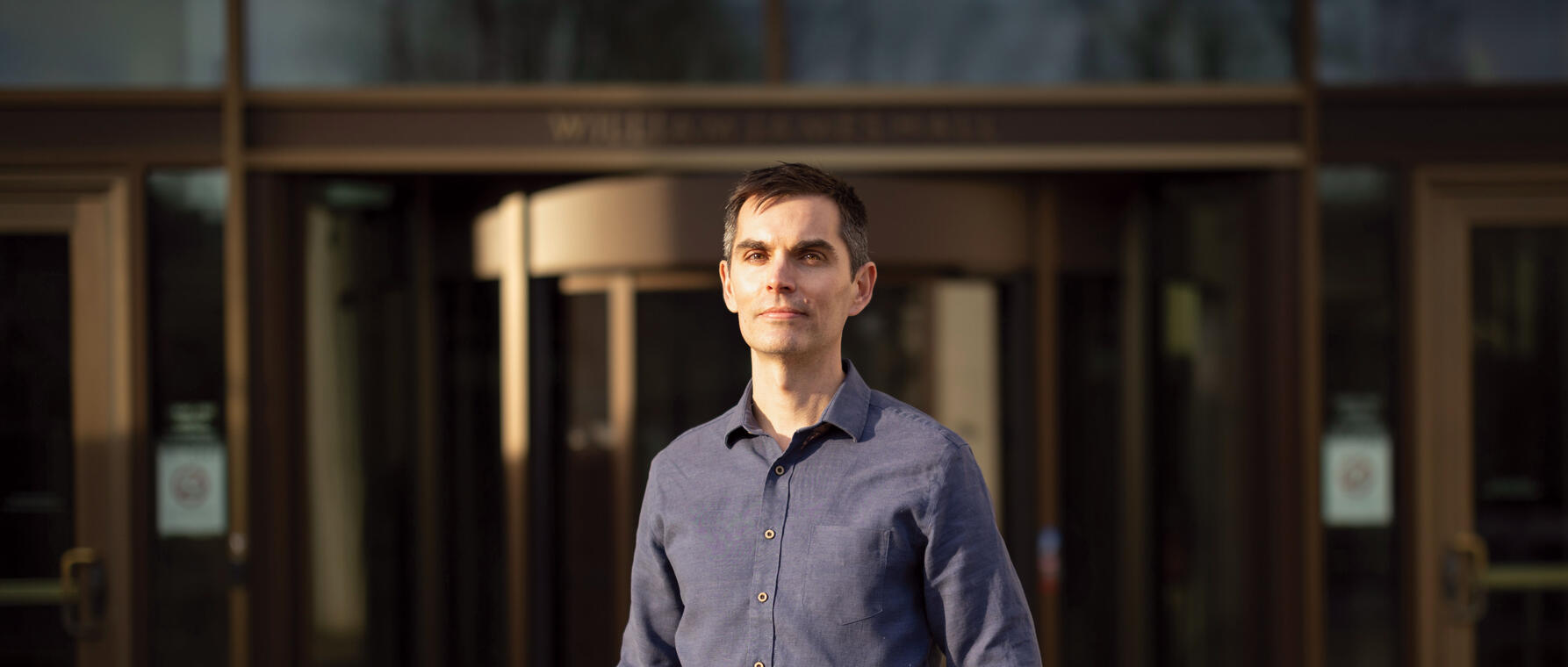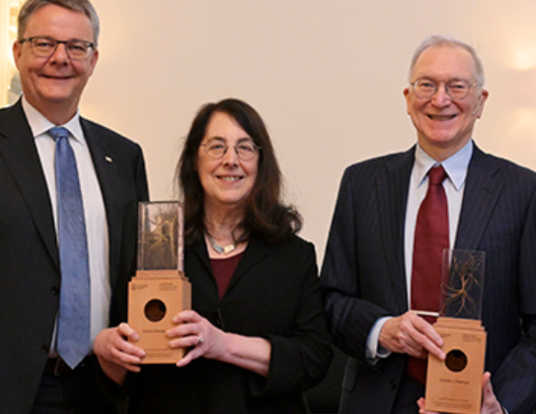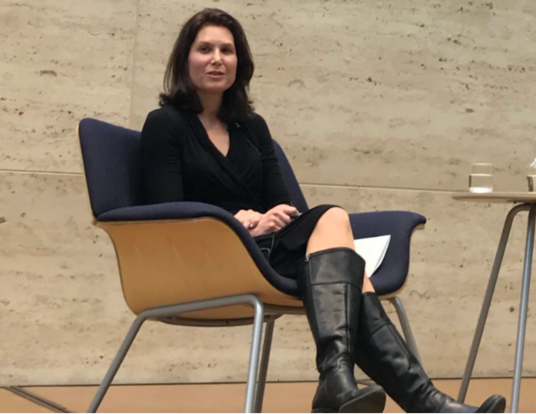Who Goes to Prison Now?
Educational inequality in the US criminal justice system

Drawing on history, public policy, and demographic data, Harvard Sociology Professor Christopher Muller, PhD ’14, explores the shifting dynamics of racial and educational inequality in the us criminal justice system. His recent research reveals that while the gap in prison admissions between black and white Americans has narrowed in recent decades, educational disparities have grown more pronounced. In this interview, he discusses the political and economic forces behind these trends and what they reveal about mass incarceration—and inequality—in 21st-century America.
In a recent paper, you used government data from 1984 to 2019 to study prison admissions, focusing on non-Hispanic Black and white Americans between the ages of 20 and 39. You broke the group down by race and whether or not the admits had a college degree. What did you find?
Yes, this is work with Alex Roehrkasse at Butler University. We found that racial inequality in prison admissions is narrowing, and educational inequality in prison admissions is widening. At the end of the twentieth century, the disparity in the prison admission rates of Black and white Americans was comparable in magnitude to the disparity in the prison admission rates of people with and without a college education. But today, educational inequality is much greater than racial inequality in prison admissions for all major crime types. To give one example, in 1992, Black Americans with no college education were 14 times more likely than white Americans with no college education to be admitted to prison for a drug offense. By 2019—the end of our study period—that number had fallen to 1.5. In contrast, in 1992, Black and white Americans with no college education were, respectively, 11 and 13 times more likely than Black and white Americans with some college education to be admitted to prison for a drug offense. But by 2019, those numbers had risen to 22 and 31, respectively.
There have been absolute declines in the prison admission rates of Black Americans with and without a college education, due mainly to declines in admissions for drug and property offenses. However, the prison admission rate of white Americans with no college education has risen dramatically, and for all offense types.
In 1999, Black Americans without a college degree were admitted to prison for drug crimes at a rate of 1,405 per 100,000 people. By 2019, that number was 494 per 100,000—a decrease of nearly two-thirds. What were the main reasons for such a big drop? At the same time, white admissions to prison for all kinds of crimes increased sixfold. Can the data tell us why there was such a big jump?
Ours is a descriptive study, so we can’t say for sure what the causes of these trends are. But I think it’s notable that other studies have observed very similar patterns in economic mobility and life expectancy. Recent research from Opportunity Insights has shown that the economic prospects of Black Americans born poor have improved, while the economic prospects of white Americans born poor have worsened. Other work by Princeton economists Anne Case and Angus Deaton documents that the Black-white life expectancy gap has narrowed, while the gap between people with and without a bachelor’s degree has expanded. In explaining these trends, some scholars have noted that the large-scale job loss among low-education workers that hit Black Americans in the mid-20th century began to more significantly affect white Americans in the 21st century. I think it’s likely that these patterns in imprisonment, economic mobility, and life expectancy all reflect broad shifts in the life chances of Black and white Americans without a college education.
Changes in policy also probably played a role. For example, sociologists Katherine Beckett and Marco Brydolf-Horwitz have argued that the de-escalation of the drug war in American cities could be one reason for the dramatic decline in Black Americans’ prison admission rate for drug offenses.
The prison admission rate of white Americans with no college education has risen dramatically, and for all offense types.
—Christopher Muller
Finally, what’s the takeaway from your research? Has education level become a more powerful predictor than race for whether someone would go to prison?
American imprisonment has been characterized by large Black-white inequality since at least the end of the Civil War. Given the centrality of racial inequality to the history of US imprisonment, the growing salience of educational inequality even in this domain is another indication of just how important the educational divide has become for understanding inequality in the United States more generally.
That said, racial inequality in imprisonment remains large, and Black Americans bear a vastly disproportionate share of the indirect harm of incarceration. This is because the enduring effects of slavery have made class boundaries among Black Americans much more permeable than they are among white Americans. Persistent segregation has meant that middle-class Black Americans are much more likely than middle-class white Americans to live in or near poor neighborhoods. And because of historically low levels of wealth among Black families, middle-class Black Americans are also more likely than comparable white Americans to be offshoots from poor family trees. As a result, Black Americans with high levels of education and income are more likely than white Americans with low levels of education and income to have a family member imprisoned or to live in a neighborhood with a high imprisonment rate. Any understanding of inequality in incarceration needs to accommodate this complexity.
CURRICULUM VITAE
Harvard University
Professor of Sociology, 2023–Present
University of California, Berkeley
Associate Professor of Sociology,
2022–2023
Assistant Professor of Sociology,
2016–2022
Columbia University
Robert Wood Johnson Foundation
Health & Society Scholar, 2014–2016
New York University School of Law
Research Associate, Brennan Center for Justice, 2004–2007
Banner photo by Niles Singer
Get the Latest Updates
Join Our Newsletter
Subscribe to Colloquy Podcast
Simplecast





